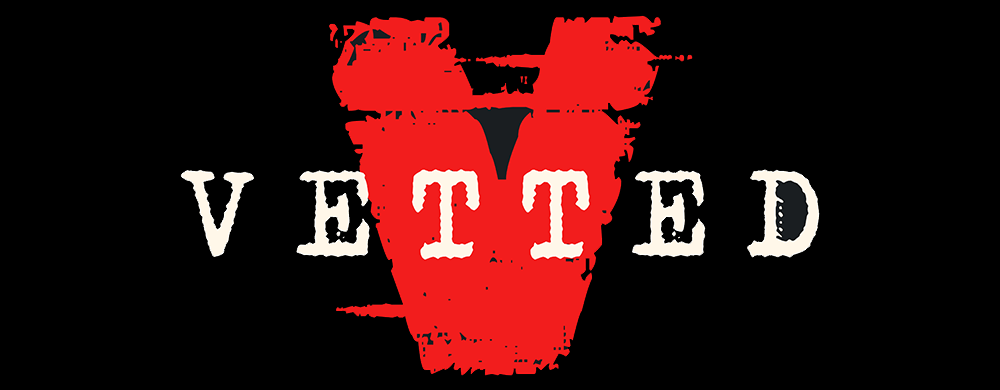New Details Revealed About UFO Cold Case
If you think modern government cover-ups make for a wild ride, wait until you hear the story of Paul Benowitz—a man whose curiosity about strange lights in the sky became a cautionary tale of government disinformation, obsession, and the blurred boundary between fact and fiction. Get ready for a gripping journey into one of the most bizarre chapters in UFO lore, one that’s as much about human vulnerability as it is about official secrets.
Unraveling the Paul Benowitz Saga
Paul Benowitz was just a regular man living next to the Kirtland Air Force Base in New Mexico. One night, he noticed colored lights dancing in the sky—a sight that would spiral his life down an unimaginable path. At first, Benowitz thought he was simply witnessing experimental aircraft. But soon, his radios began picking up curious signals, hinting at something even stranger: what he believed was an alien language. Driven by equal parts courage and concern, Benowitz reported his findings to the Air Force, convinced that he’d stumbled onto a vital mystery.
Instead of dismissing him outright, the Air Force privately encouraged Benowitz, even funding some of his research. But while that may sound supportive, beneath the surface, a much more sinister game was at play. Behind closed doors, intelligence operatives saw an opportunity, not just to manage Benowitz’s curiosity, but to use it—and him—for their own shadowy objectives.
Disinformation and Deception: The Making of a UFO Myth
This is where the story takes on a mind-bending twist. As revealed in interviews with key figures like author Greg Bishop ("Project Beta") and counterintelligence officer Richard Doty, the Air Force orchestrated a calculated campaign of disinformation. Rather than helping Benowitz find answers, agents actively fed him false leads, staged fake evidence, and confirmed his wildest suspicions. Government insiders, like Bill Moore, even went public years later, confessing to their role in disseminating fake stories about UFOs—not just to Benowitz, but across the entire UFO community. It was an effort designed to muddy the waters, ensuring that genuine research was lost in a sea of outlandish tales and discrediting those who took the subject seriously.
For Benowitz, the consequences were devastating. Isolated, obsessed, and overwhelmed by the flood of (false) information, he ultimately suffered a mental breakdown and was institutionalized. The government’s game of smoke and mirrors had taken a grievous human toll.
Counterintelligence and the UFO Toolset
Why go to such lengths? As it turns out, UFOs are a Swiss Army knife for the intelligence world. The manufactured stories about alien visitors served multiple purposes: they provided convenient explanations for secret technologies, misled potential adversaries, and allowed counterintelligence agencies to test how information would spread among the public. As Doty himself explained, mundane military projects could be masked by UFO tales, while at the same time, UFOs became convenient scapegoats for anything truly unexplainable.
The sophisticated misinformation operation didn’t stop with Benowitz. The Air Force, through networks of contacts and informants, made sure the UFO mythos was tangled so tightly that actual truths about unexplained phenomena became indistinguishable from deliberate fiction. This campaign reached journalists, researchers, and tabloids alike, ensuring that the UFO debate would be forever shrouded in uncertainty.
The Collateral Damage of Government Games
The impact was immense—not only on Paul Benowitz, but on the credibility of the entire UFO research field. Once-trustworthy sources became unreliable, and outlandish theories drowned out serious inquiry. Mainstream scientists, politicians, and reporters shied away from the subject for fear of being labeled cranks or conspiracy nuts. In this environment, the only public voices left were fringe enthusiasts, just as the intelligence agencies intended.
Even decades later, echoes of these operations can be traced in modern revelations. Recent reports, such as a Wall Street Journal exposé about the so-called "Yankee Blue" program (purportedly a fake anti-gravity craft used as a test for new officers) show that the line between truth and fiction in the world of secrecy is as blurred as ever. The overlap—and differences—between projects like Yankee Black (which Doty claims to have worked on) and Yankee Blue only deepen the mystery and suspicion surrounding such programs.
A Cautionary Tale for the Age of Information
The Paul Benowitz episode isn’t just a tale for UFO buffs. It’s a reminder of just how easily truth can be obscured when powerful institutions choose to manipulate the narrative. Disinformation thrives when it stays close to the truth—just enough reality to entice, but enough fiction to discredit and control. And in the process, real people, like Benowitz, can get lost in the crossfire.
While the UFO cover-up narrative has fueled popular documentaries and podcasts, the lessons go far beyond the world of tinfoil hats and mysterious lights. In an era where information (and misinformation) spreads at lightning speed, Benowitz’s story challenges us to question what we know, how we know it, and who benefits from a world where fact and rumor so easily intermingle.
Conclusion: What Can We Learn?
Paul Benowitz’s tragic odyssey stands as both a warning and a call for vigilance. Whether you’re fascinated by UFOs or simply wary of government secrets, his experience underscores the critical importance of skepticism, independent verification, and compassion for those swept up by forces beyond their control. As more revelations keep bubbling to the surface, the real question may not be "Are UFOs real?" but "How do we ensure our search for truth isn’t hijacked by those who would rather we stayed lost?" Stay curious, ask questions, and remember: in the search for the unknown, sometimes the biggest mysteries are the games people play.
